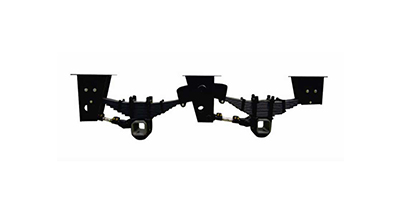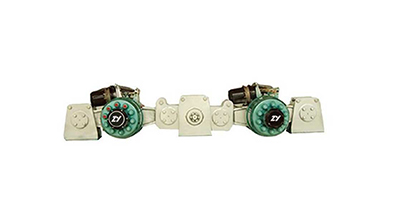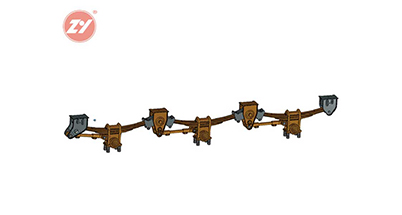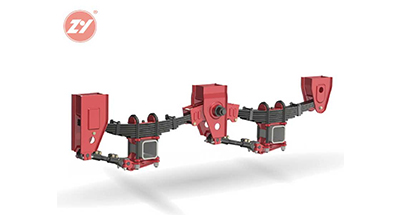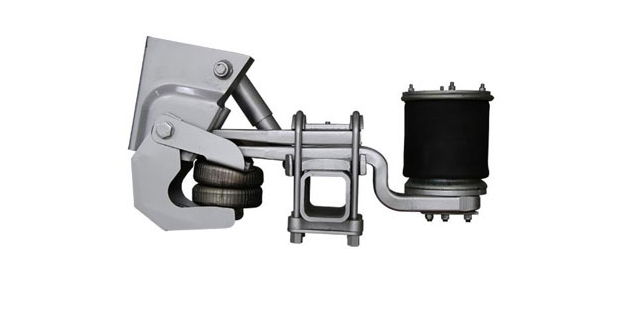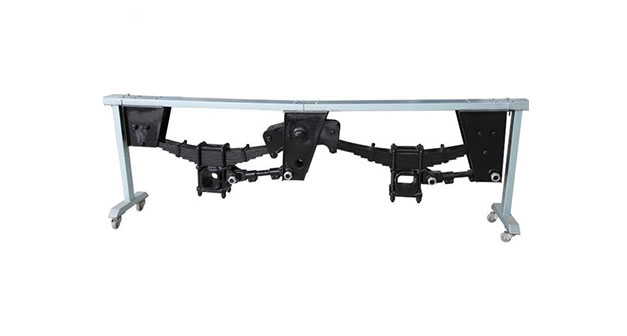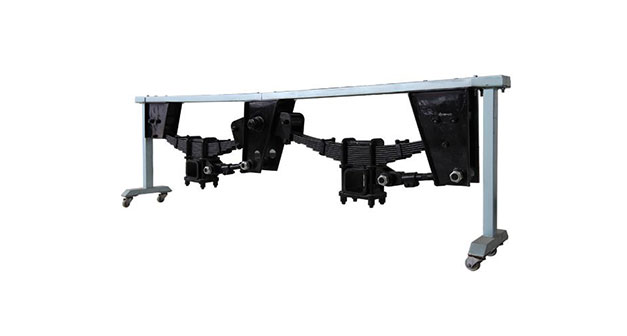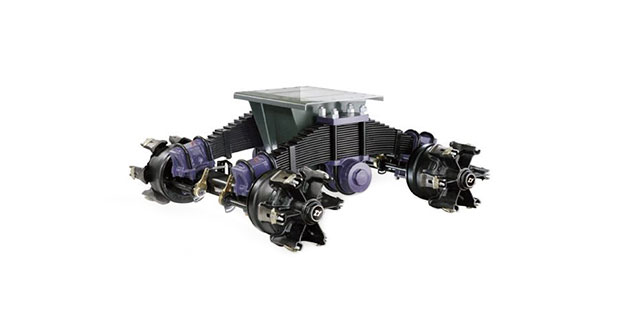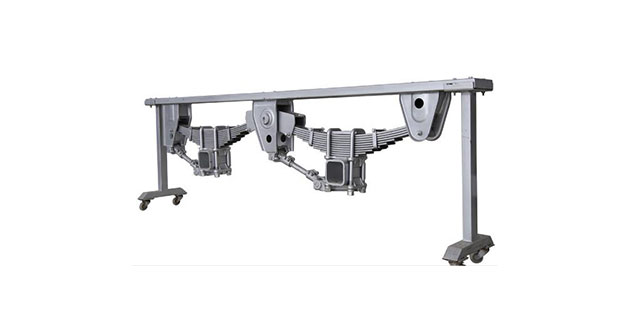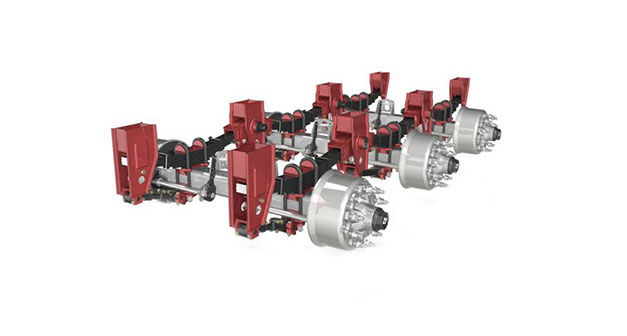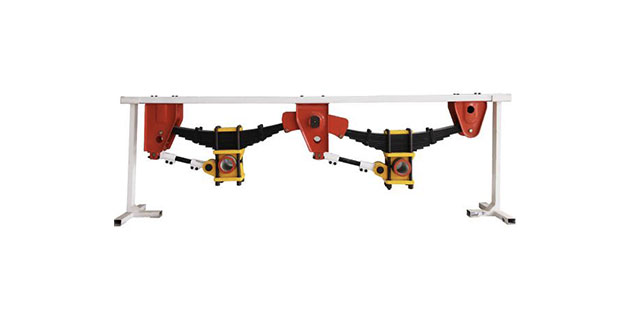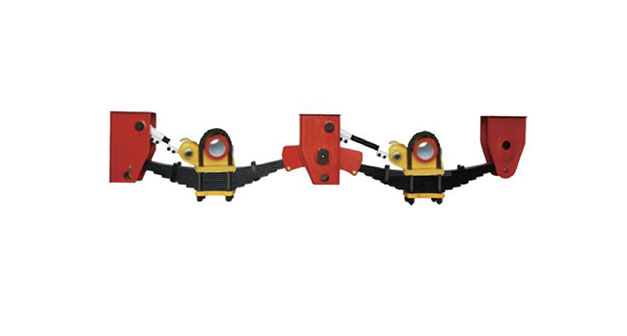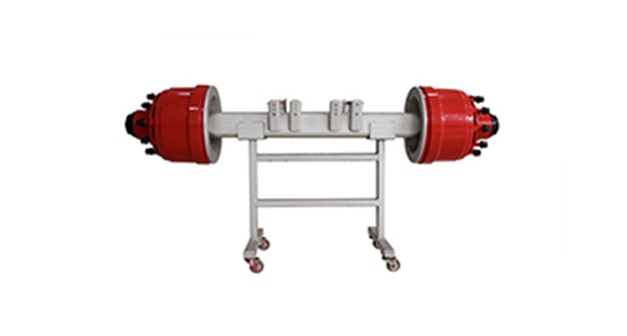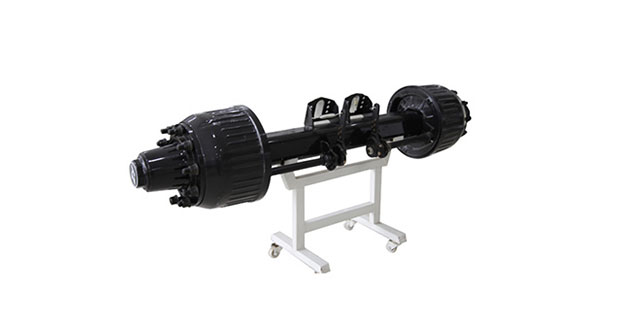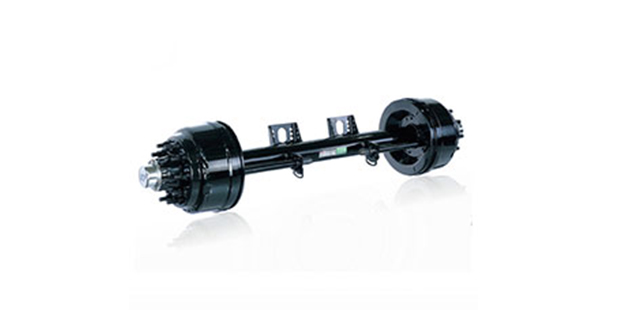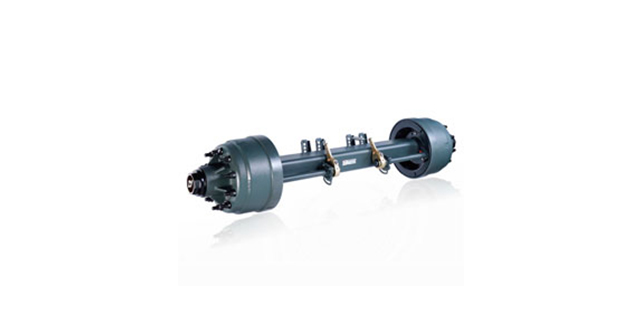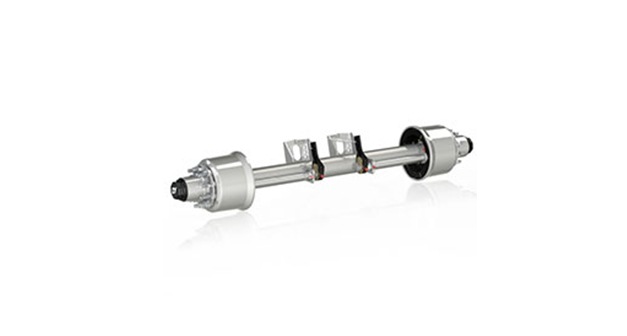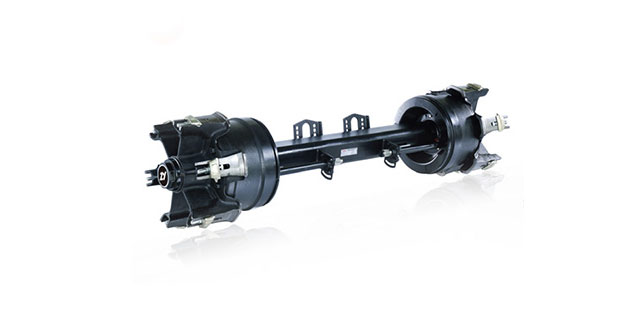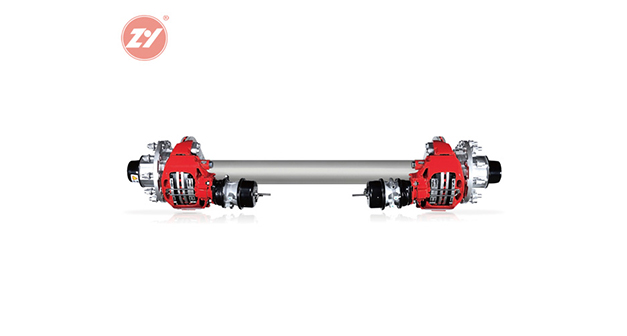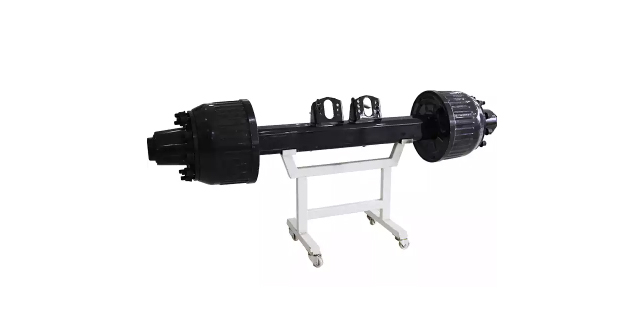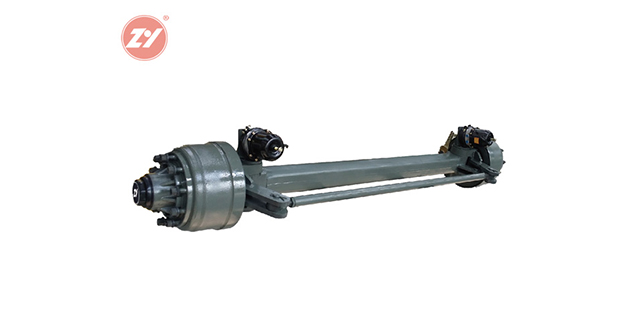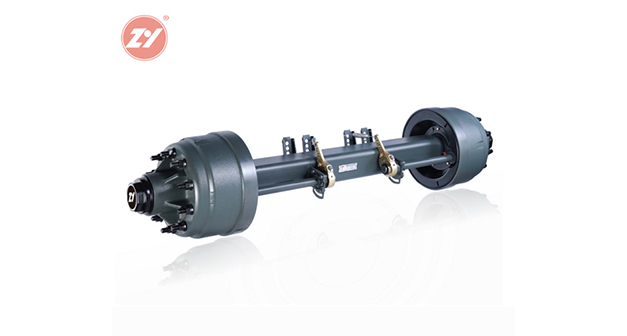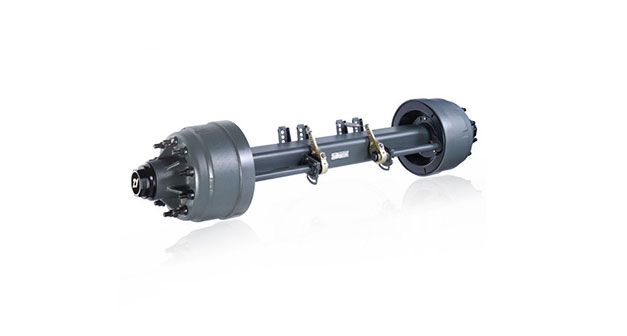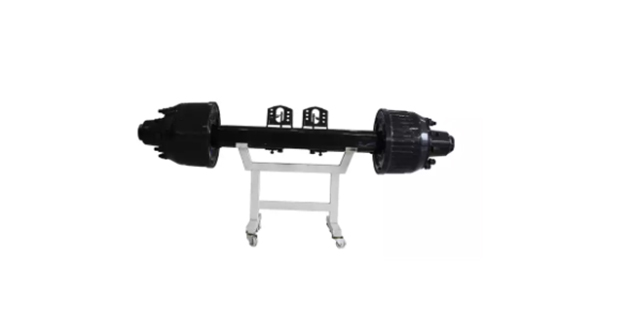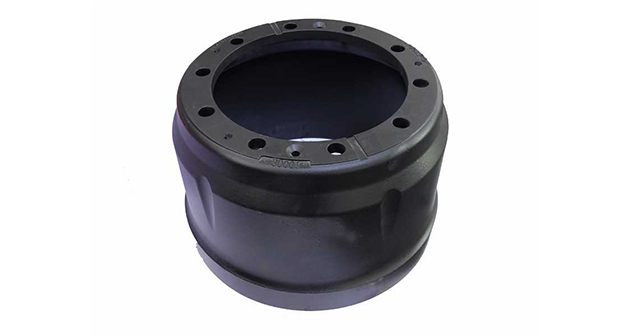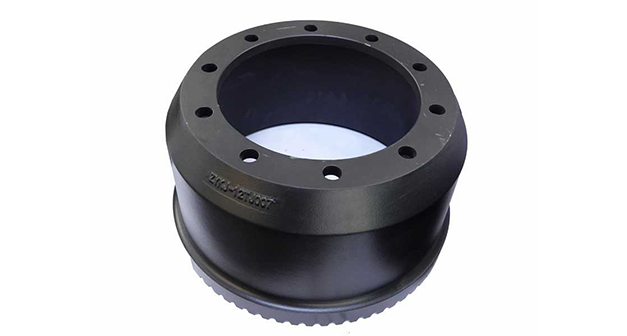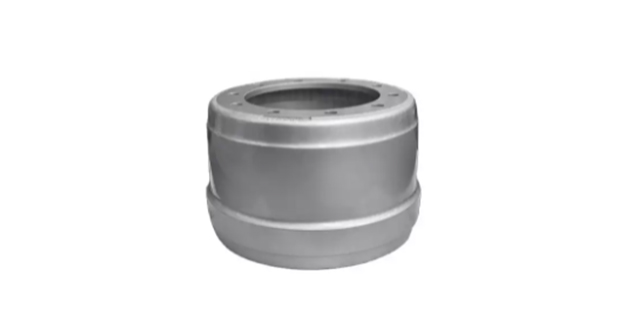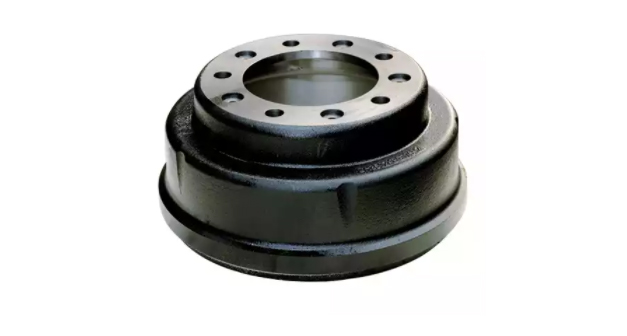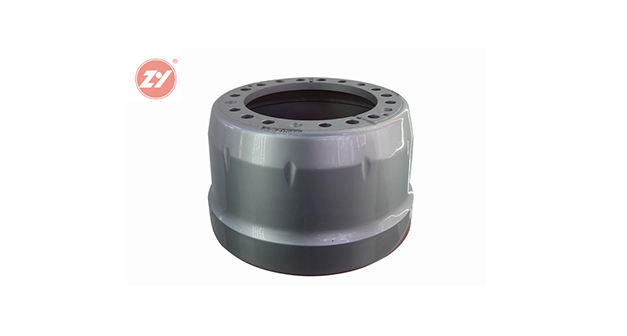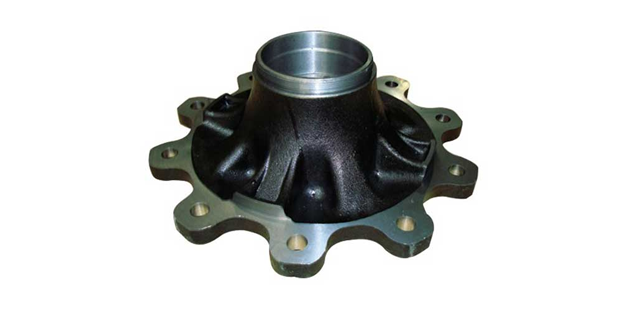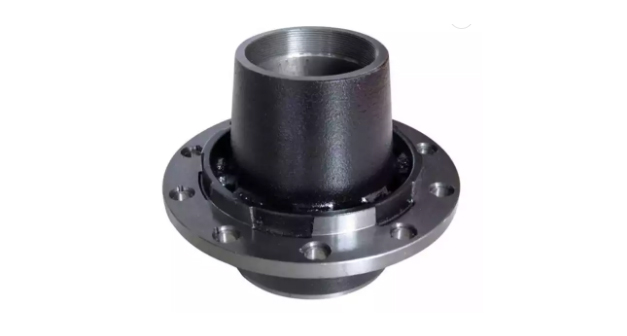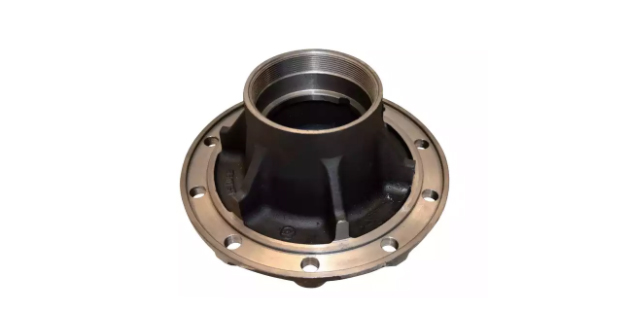In addition to the engine and transmission, the most talked about by car enthusiasts is probably the suspension system. So what is a suspension system, do you know it?
With ZY trailer axles supplier, The suspension system is a set of mechanisms connecting the body and the wheels. It can limit the motion trajectory of the wheels (or axles) and transmit the force acting on the wheels by the ground to the body or chassis to ensure the normal running of the vehicle. At the same time, the suspension system also absorbs vibration through elastic elements and shock absorbers to improve driving comfort. In addition, the suspension system is able to suppress the roll of the vehicle by means of lateral stabilizers (anti-roll bars).
First of all, in a broad sense, the suspension system can be divided into non-independent suspension and independent suspension. The so-called non-independent suspension refers to the rigid connection (integral bridge) or semi-rigid connection (torsion beam) of the left and right wheels, so the movement of one wheel will inevitably affect the other wheel. The independent suspension means that the wheels on both sides are connected to the body or the frame respectively, so they can move independently without affecting each other. At present, most cars use four-wheel independent suspension structure. There are many subdivision types of off road trailer independent suspension kits, the more common ones are McPherson, double wishbone, multi-link and other structural types, we will introduce trailer independent suspension parts in detail below.
1. MacPherson suspension system
Macpherson is composed of shock absorber struts, lower swing arms and steering rods. Its biggest feature is that the shock absorber itself is also hard connected to the steering knuckle as a force element. The advantage of the McPherson suspension system lies in its simple structure, which can save the lateral space in the engine compartment to the greatest extent, so it has become the mainstream front suspension structure in the front-drive car. If the MacPherson suspension is analyzed from the angle of freedom, there are two connection points between the lower swing arm and the frame, which can be considered as a combination of two links, controlling two degrees of freedom. The shock absorber itself is also hard-wired to the steering knuckle, again controlling 2 degrees of freedom (rotation about the X axis and rotation about the Y axis). In addition, the steering tie-rod also limits 1 degree of freedom.
2. Double wishbone independent suspension system
Double wishbone suspension is also called double wishbone suspension. Compared with McPherson suspension, it adds an upper control arm, and the steering knuckle is hard-connected to the upper and lower control arms, which makes the steering of the wheels more flexible and the wheels jump. There is also less camber change, allowing the tires to better conform to the ground. However, this structure will occupy the lateral space of the engine compartment, so it is more common in front-rear-drive models and models that emphasize handling. From the perspective of degrees of freedom, the two A-shaped control arms each limit 2 degrees of freedom, and only need to add another tie rod (the steering tie rod for the front axle) to achieve 5 degrees of freedom control, so The shock absorber no longer participates in the control of the degree of freedom of the suspension system, and the lower end does not have to be connected to the steering knuckle.
3. Multi-link independent suspension system
The multi-link suspension is more complicated. If we split each A-shaped control arm in a double-wishbone suspension into 2 independent links, the double-wishbone becomes a standard five-link suspension. Similarly, there is a four-link suspension with only one A-arm split, and a three-link suspension evolved from McPherson. But as long as you understand the essence of the degree of freedom of the suspension system, you can successfully analyze the motion mechanism of the multi-link suspension. In general, the multi-link suspension has the advantages of light unsprung weight and easy layout; but the disadvantage is that the number of parts is large, the manufacturing cost is high, and the adjustment is more difficult.

